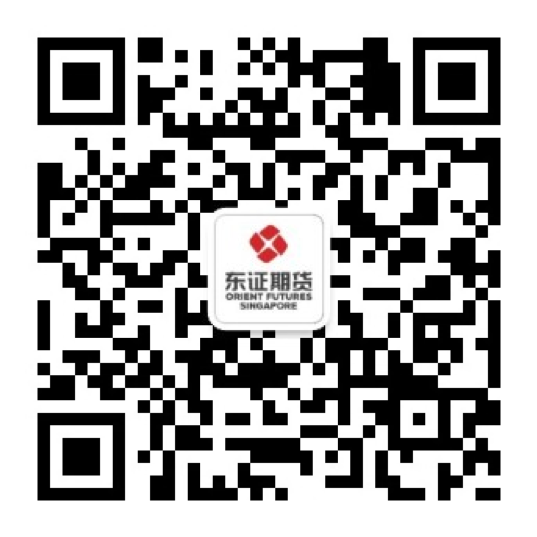Supertanker freight rates have surged following the U.S. government’s expanded sanctions on Russia’s oil industry, prompting traders to scramble for vessels to transport crude from alternative sources to major buyers like China and India. These sanctions are part of broader measures aimed at cutting revenue for the world’s second-largest oil exporter, targeting both Russian producers and a fleet of shadow vessels that evade Western restrictions.
Chinese and Indian refiners, heavily reliant on Russian crude since the European ban, are now seeking alternative suppliers to maintain their operations. The shadow fleet, consisting of an estimated 669 tankers used to transport oil from sanctioned countries like Russia, Venezuela, and Iran, has come under heavy scrutiny. Recent U.S. sanctions have impacted approximately 35% of these vessels, further tightening the global tanker market. Many of these ships were previously transporting discounted Russian crude to India and China, as well as oil from Iran, which also remains under sanctions.
The new sanctions have caused a ripple effect across shipping markets, with freight rates for Very Large Crude Carriers (VLCCs) skyrocketing. These vessels, capable of carrying 2 million barrels of crude, are now in high demand. On January 10, Unipec, the trading arm of Sinopec, Asia’s largest refiner, chartered multiple supertankers, driving up rates. Freight rates on the Middle East to China route, known as TD3C, have jumped 39% since January 10, reaching $37,800 per day—the highest level since October.

Crude benchmarks in the Middle East, including Dubai, Oman, and Murban, rallied for a second consecutive session, with premiums climbing to their highest levels in over a year. Meanwhile, the cost of shipping Russian oil to China has soared. Rates for Aframax tankers transporting ESPO blend crude from Russia’s Pacific port of Kozmino to North China more than doubled on January 15, reaching $3.5 million per voyage. The spike is attributed to shipowners demanding hefty premiums due to a limited availability of tonnage for sanctioned routes, as reported by S&P Global Commodity Insights.
Adding further pressure, some sanctioned vessels are now stranded outside China’s eastern Shandong province, unable to unload cargo. The Shandong Port Group, ahead of the U.S. announcement, had already imposed a ban on sanctioned tankers. Analytics firm Vortexa reports that over 85% of Russian crude shipped to Shandong relied on these newly sanctioned tankers. As traders pivot to unsanctioned vessels, the availability of compliant tankers is expected to shrink further, intensifying the strain on freight markets.
The new restrictions highlight the geopolitical and logistical complexities of the global oil trade, forcing refiners and traders to adapt swiftly to a tightening supply chain. This has significant implications for shipping rates, crude benchmarks, and the broader energy market, which may continue to face heightened volatility in the months ahead.
The Role of Freight Futures in Oil Trade
As the global oil trade navigates the complexities of new geopolitical restrictions and supply chain disruptions, traders and refiners are increasingly turning to innovative financial tools to hedge against rising uncertainties. Among these tools, freight futures contracts have become an essential instrument in managing the volatility of shipping rates, offering a way to lock in costs and protect against price fluctuations.
As these futures contracts gain prominence, understanding their role in stabilising the market becomes crucial. With shipping prices set to fluctuate in response to tight supply chains and geopolitical pressures, the use of freight futures is likely to grow, providing a crucial buffer for those navigating an increasingly unpredictable market.
Shanghai International Energy Exchange (INE) offers freight futures contracts to help market participants manage these risks. The INE Containerized Freight Index Futures Contract has the following specifications:
Minimum price fluctuation: 0.1 index points.
Contract months: February, April, June, August, October, and December
Trading hours: 9:00–11:30 am, 1:30–3:00 pm, and other trading hours prescribed by INE.
Settlement Type: Cash
Product symbol: EC
东证期货国际(新加坡)简介
东证期货国际(新加坡)私人有限公司是上海东证期货有限公司的直属全资子公司,也是东方证券股份有限公司的间接控股子公司。
作为持有新加坡金融管理局(MAS)颁发的《资本市场服务许可证》的机构,我司提供全方位资本市场服务,涵盖证券、场内衍生品、场外衍生品及杠杆外汇等多类产品。
东证期货新加坡是亚太交易所、新加坡衍生品交易所以及洲际新加坡交易所的交易和清算会员,为客户提供覆盖国际市场的综合交易服务。



